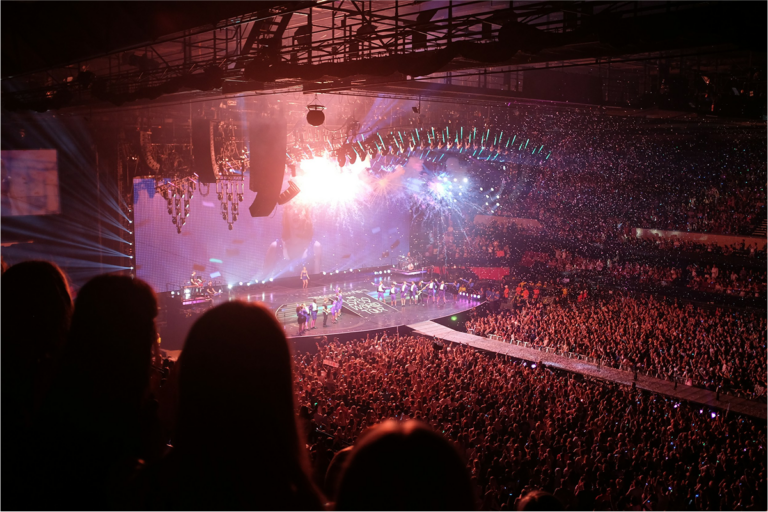
When government minister Oliver Dowden announced that Huawei kit must be removed from UK mobile networks by 2027, it wasn’t wholly unexpected. Indeed, Vodafone had already said it would start removing kit at the beginning of 2020.
But the necessity to do it so quickly has highlighted the hard realities of taking such a decision. 5G will be delayed, and with it all the possibilities for smarter living and working.
COVID-19 had already put global 5G auctions on hold with France, Spain and the US among the first countries to postpone. However, some jurisdictions took altogether different decisions; Ireland made temporary spectrum allocations and in New Zealand the regulator will directly allocate spectrum, avoiding an auction altogether.
That’s an interesting move and shows how important 5G was before the pandemic and could be to economic and social recovery. But it also reaffirms that auctions may not be the right approach, highlighting the concerns of operators who challenged the auction process long before COVID-19 delays and the increased costs of removing Huawei on an accelerated timetable.
At the heart of the arguments were fair playing fields and achieving a return on the vast sums invested in winning spectrum. These challenges have long been a problem ever since 3G launched. But with the extraordinary cost of taking out and replacing Huawei kit, business cases for 5G will have been shot to pieces.
There’s also the added complication that very few suppliers have the portfolio of Huawei nor professional services experience to manage such a large scale changeout. There will now be a battle to get kit in time to meet the 2027 deadline, a deadline which BT said was unrealistic, surmising it would take around 10 years to achieve.

Yet working with non-Chinese vendors must be the future roadmap all the time two Chinese laws remain in place; the 2017 National Intelligence Law and the 2014 Counter Espionage Law, which imply that no data is out of bounds. European, North American, South Korean and Japanese vendors are in a position to offer reassurances that they will never be obliged to share data with their own or foreign governments. It therefore means service providers can build superior, high quality, agile and secure services with them.
However, the security drama and conspiracy theories related to the pandemic has done little to aid business confidence in 5G. Research by The Economic Intelligence Unit suggests that 42% of business executives think 5G is somewhat less important than it was before the pandemic, and it’s only more important for 6%. There’s also the realisation that 4G has supported home working at scale, and so begs the question: why turn to 5G now?
That’s another bitter twist in the story for operators, who have long evangelised the benefits of 5G to business. Restoring belief that the technology will bring about positive change is now a bigger task.
So, is it time to reprioritise the ways 5G is deployed initially? If the pandemic has taught us anything, it’s that food security, continuity of health and education provision, and environmental concerns have to be addressed. This generation has been exposed to the precarious nature of food supply chains in a way never experienced before. There was a very real change to pollution levels when we stopped commuting and went into lockdown, and resistance to using virtual GP services or learning online was suddenly overcome. We glimpsed a future that many proponents of 5G have long supported and for many of us it felt good bringing about the possibility of longer-lasting changes in behaviour.
We now need to make it happen. The theory of the ‘connected cow’ can be realised by 5G enabled internet of things (IoT). Every point in food production can be monitored with a network of sensors related to everything from weather, yields and crop management cycles, to identifying added efficiencies in manufacturing. There are also interesting community-related possibilities that a network like this brings, such as linking production to consumption and minimising food waste. Excess can be better managed and distributed to those that need it most.
In the same way healthcare can be transformed beyond virtual GPs, whereby data can help with better decision making and handovers between central and local care providers, specifically for every patient.
This has long been a thorn in the side of providing healthcare to an aging population that relies heavily on nursing in the community. Using IoT to monitor a patient’s condition in their home so that nursing is more tailored, and prescriptions are altered accordingly, could not only help with well-being but also save money on more efficient use of skill, relieving hospital visits and better drug management. And this is before we get into the incredible possibilities of remote speciality surgeries, even brain surgery, that 5G can support.
Perhaps one of the more interesting debates to come from COVID-19 is that those in private education were dealt a better hand when it came to home schooling and as a consequence are leaving behind those who are in state schools. It’s a real wake up call to education leaders and policy makers. 5G could be a real enabler to democratise education for every child. With the right equipment at home, the right applications in schools, and reliable and consistent 5G broadband, people could access courses anywhere, anytime.
What’s really exciting is that curriculums can come to life in new ways as knowledge sharing can come from teachers and also experts in the field – why not speak to a polar explorer at base camp when you study GCSE geography, or ecology at Harvard? Theory can become practice in a far more engaging way and it could instill an exciting new form of collaboration that helps current and future generations solve global problems.
The pandemic has shone a large light on the challenges the world faces and with 5G we stand a real chance of solving them
Greener living is one such problem. 5G city networks offer real hope when it comes to planning where and how we live, and the transportation we use to get around. Designing smarter housing that manages utilities and shared spaces better, through to planning transport routes that maximise cycling and therefore improves emissions, can all use 5G and IoT for gathering anonymised data and accessing it in real-time. No longer will we need to wait to accumulate large datasets and undertake complex data mining. Instead, the analytics can be done on the edge of the network and acted on in a way and at a speed never achieved before.
But as with everything, the more we automate and invest in IoT, the larger the attack surface and the greater the need for security. Headlines tell us nation state threats are apparent and the recent attacks on the drug companies leading COVID-19 vaccine research have further underlined the threat.
This goes beyond the responsibility of the operator. It is up to us as citizens and employees to have impeccable password management, through the inherent inclusion of security in designing the applications we will use. It means that the smarter IoT networks will need to have systems of constant monitoring, detection and mitigation in place at all times.
There is no human brain capable of managing this ever expanding complexity, and although artificial intelligence is emerging, it is a little way off solving the problem entirely. For now, it will need to be a proven blend of strategic security skill and automation technology. It will take a huge amount of collaboration between the people who will use the technology, and those that design it to ensure security.
The pandemic has shone a large light on the challenges the world faces and with 5G we stand a real chance of solving them. Fortune is said to favour the brave, the question we need to ask ourselves now is do we have the courage to make it happen without delay?

Mike O’Malley
VP of Carrier Services, Radware


